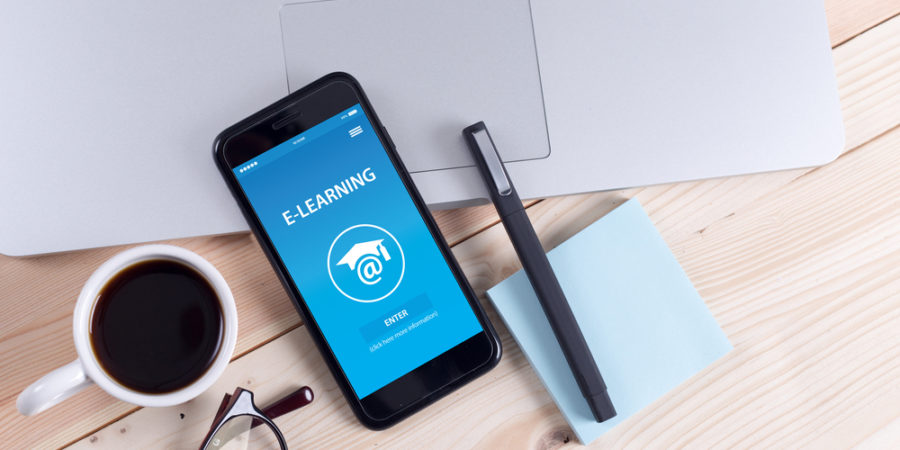E-Learning : The Future of Learning With Mobile Apps
Today, educational apps for students, kids and teachers are gaining popularity worldwide, especially as the pandemic continues to rise. Universities and schools have adopted virtual classrooms to ensure a continuous educational process.
The main e-learning mobile app features required for educational application development are as follows:
• Live Streaming
• Tests
• Progress Tracking
• Multi-Language
• Cloud integration
Branding has been around since 350 A.D and is derived from the word “Brandr”, meaning “to burn” in Ancient Norse language. By the 1500s, it had come to mean the mark that ranchers burned on cattle to signify ownership. Yet branding today is more than just a look or a logo. It has come to signify the emotional “gut feeling” reaction a company can elicit from its customers.
How do we develop an E-Learning MOBILE APP?
E-learning app development is complex and requires lots of attention. One must understand what software solution can be offered to the target audience. The application must be user-friendly, contain relevant content, proper assessment and rewards system.
Here are the Quick 10 tips
Follow these steps to develop an e-learning app.
1. Target Audience: Before creating an e-learning app, analyze the niche and target audience.
2. Competitor Analysis: After understanding the target audience, study what platforms competitors have targeted.
3. Create good content: Attract users with relevant and good content. Provide content with a mix of text, audio, video, infographics and slides. All students perceive information differently, so students should be given the choice of variety in what your platform offers. In addition, apply gamification to educate students in a fun way.
4. Talented tutors: Quality content can only be delivered by interactive and engaging teachers. Partner with reputable teachers who have a passion for tutoring. This helps to create a unique brand image.
5. Excellent UX: Make sure the interface elements are easily accessible, stick to a simple page layout, use soft tones, and carefully place all website elements. When a student visits the app, they shouldn’t be distracted by unnecessary elements. Minimalist design can be applied to the educational app to help students focus on content and learning.
6.Promotion: Market an online course with the help of promotional strategies in order to make your educational application have more exposure. E-learning marketing includes both online and offline approaches.
7. Certification: Provide certificates of course completion to students. Give honors or discounts on other courses for best-performing students. It would boost students’ self-esteem and give good career prospects.
8. Set fees: Think of a revenue model by charging a percentage of the cost of a course. The app can be charged at an hourly rate.
9. Rewards: Special rewards systems can add fun and motivate students to learn. This way, students collect badges that represent the complexity of the completed tasks. Students can collect points to get better rankings.
10. Ratings: Students can give a rating to the e-learning app and also rate teachers. This will assist in giving valuable insights and feedback that can help improve the e-learning experience.

